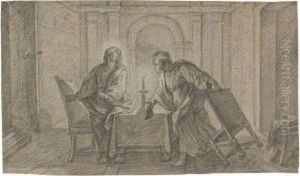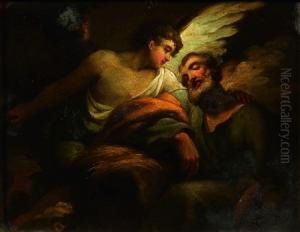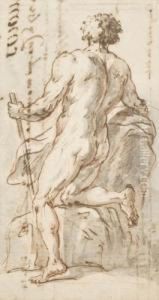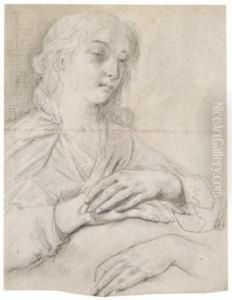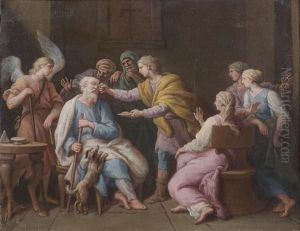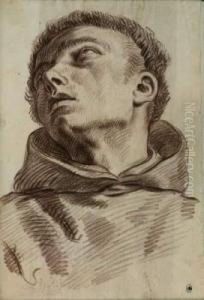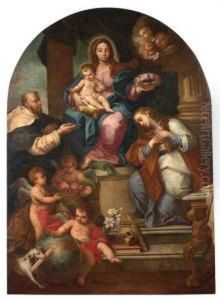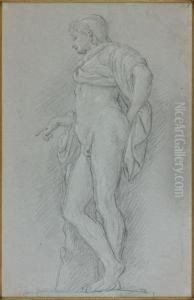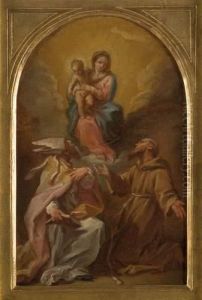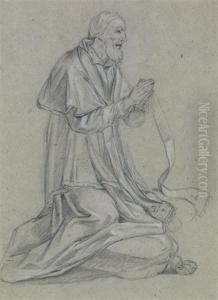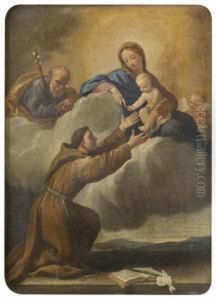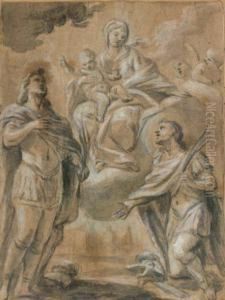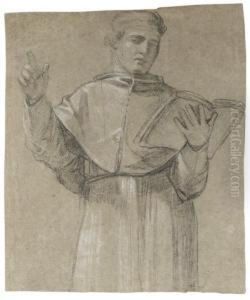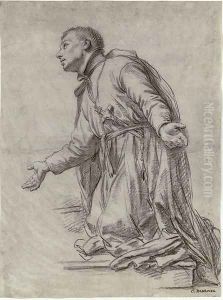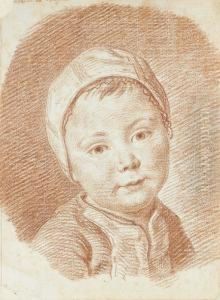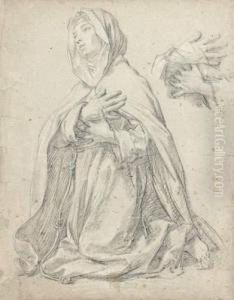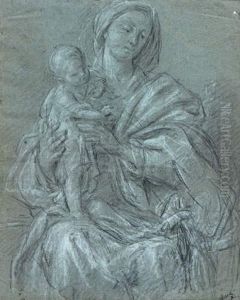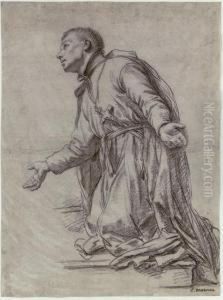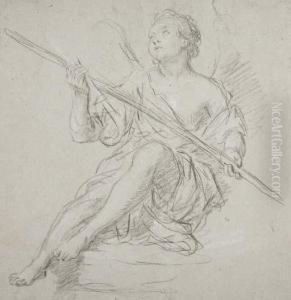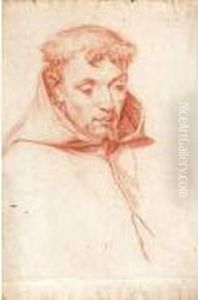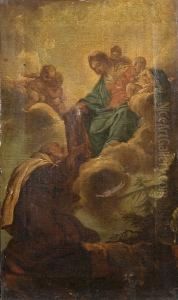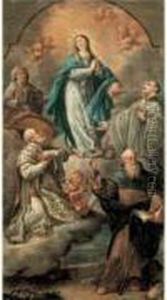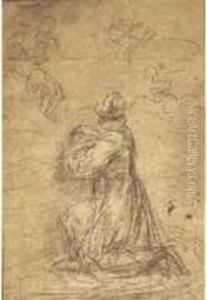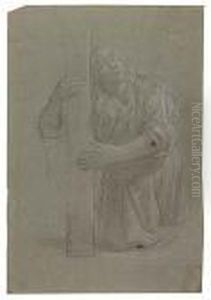Etienne Parrocel Paintings
Etienne Parrocel was a French painter, draughtsman, and engraver, known primarily for his works depicting battles and historical scenes. Born on February 2, 1696, in Avignon, France, he came from a family with a rich artistic tradition. His father, Joseph Parrocel, and grandfather, Charles Parrocel, were both painters, which greatly influenced Etienne's early exposure to art.
Etienne received his first training from his father, who was a well-respected battle painter. Afterward, he moved to Paris to further his education and became a student of Charles-François Poerson, a history painter. He also studied under Jean-François de Troy, a director at the French Academy in Rome.
In 1724, Parrocel won the Prix de Rome, a prestigious scholarship in the arts that enabled him to study in Rome at the French Academy. His time in Italy had a significant impact on his style, and he became known for incorporating Italian influences into his work. During his stay, he was exposed to the grandeur of ancient Rome and the works of great Renaissance and Baroque artists, which can be seen in the dramatic compositions and bold use of color in his paintings.
After returning to France, Parrocel received commissions for various religious and historical paintings. He became a member of the Académie Royale de Peinture et de Sculpture in 1735 and was later appointed as a professor there. His works were appreciated for their dynamic action scenes and attention to historical accuracy, particularly his battle scenes, which were filled with energetic figures and a sense of movement.
Parrocel's engravings and drawings also earned him fame, contributing to the dissemination of his works and his reputation as a master of battle scenes. His contributions to art were not limited to his own creations; he also influenced the next generation of artists as a teacher.
Etienne Parrocel died on May 16, 1775, in Paris, leaving behind a legacy as an accomplished painter of his genre. His works continue to be studied and admired for their historical value and artistic merit.
